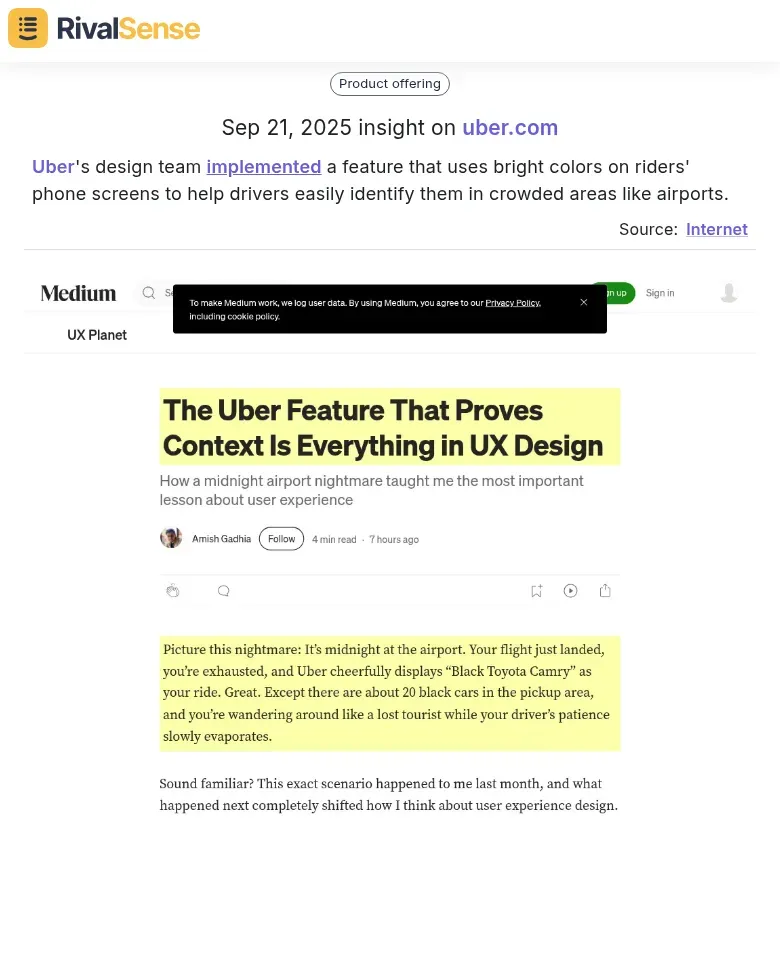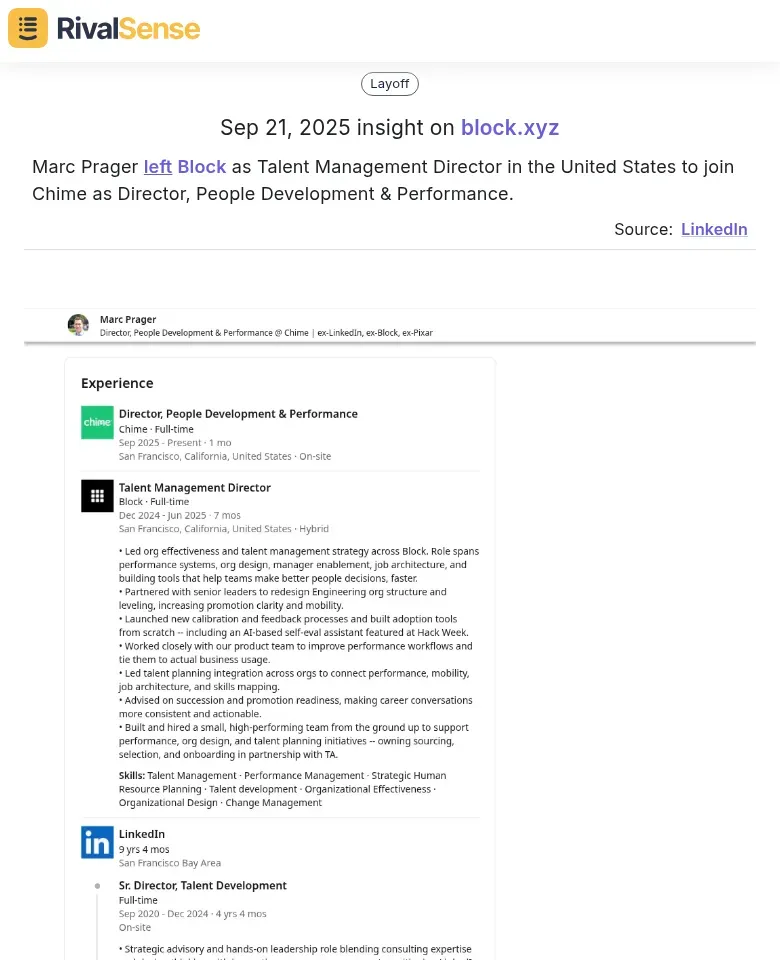Key Account Management vs Customer Success: 5 Common Mistakes Digital Marketing Agencies Make
In digital marketing agencies, distinguishing between Key Account Management (KAM) and Customer Success (CS) is essential for sustainable growth. KAM focuses on nurturing high-value client relationships to drive revenue growth through upselling and strategic alignment, while CS ensures clients achieve their desired outcomes, leading to retention and satisfaction. Confusing these roles can result in missed opportunities, such as KAMs neglecting expansion or CS teams failing to prevent churn. Common misconceptions include treating all clients equally or assuming CS is just support, which leads to operational inefficiencies like duplicated efforts or unclear accountability.
To avoid this, agencies should:
- ✅ Define clear role responsibilities—e.g., KAMs handle contract renewals and growth, CS focuses on onboarding and value delivery.
- ✅ Implement regular cross-functional meetings to align goals.
- ✅ Use metrics like Net Revenue Retention for KAM and Customer Health Scores for CS.
This clarity enhances client loyalty and scalability.
Mistake 1: Blurring Roles and Responsibilities
A critical error in digital marketing agencies is the blurring of roles between Key Account Management (KAM) and Customer Success (CS). This confusion often stems from a lack of clear definitions, where KAM should concentrate on revenue growth through upselling, cross-selling, and contract renewals, while CS is dedicated to ensuring clients derive value from services to drive retention and satisfaction. When these roles overlap—for instance, if a CS manager handles pricing negotiations or a KAM delves into daily support—it creates client distrust and missed opportunities.
To prevent role blurring, take these actionable steps:
- 🎯 Define role-specific KPIs: For KAM, track revenue growth and deal size; for CS, monitor usage metrics and Net Promoter Score (NPS).
- 🎯 Establish a RACI matrix: Outline who is Responsible, Accountable, Consulted, and Informed for key tasks like client meetings or issue resolution.
- 🎯 Conduct regular role-alignment workshops: Ensure teams understand boundaries—e.g., CS handles onboarding and training, KAM leads strategic reviews.
- 🎯 Use a centralized CRM: Log interactions to prevent duplication; flag when a KAM should step in after CS identifies an upsell signal.
By clarifying roles, agencies boost client trust, streamline operations, and enhance both retention and revenue.
Mistake 2: Adopting a Reactive Instead of Proactive Approach
Many agencies fall into the trap of reacting to client issues only after they escalate, rather than anticipating needs. This reactive approach undermines client satisfaction and increases churn risks, as problems are addressed belatedly. For example, a Key Account Manager might wait for a client to complain about declining ROI before analyzing data, instead of proactively adjusting strategies based on trends.
Shift to a proactive mindset with these practical tips:
- 🔄 Conduct regular strategic reviews: Schedule quarterly planning sessions with clients to align goals and identify challenges early.
- 🔄 Use data analytics tools: Monitor KPIs like conversion rates and engagement metrics to spot trends before issues arise.
- 🔄 Develop client health scores: Create a scoring system based on usage, feedback, and outcomes to flag at-risk accounts proactively.
- 🔄 Establish communication cadences: Set up monthly check-ins for updates and feedback, not just during crises.
- 🔄 Train teams on foresight techniques: Encourage scenario planning and risk assessment in client meetings.
Proactivity fosters client loyalty and drives sustainable growth.
Mistake 3: Neglecting Data-Driven Decision Making
Relying on intuition instead of data is a common pitfall that can lead to poor client outcomes. Ignoring metrics like Customer Health Scores and renewal rates means missing early warnings of churn or expansion opportunities. For instance, an agency might assume a client is satisfied based on casual feedback, while data shows declining engagement—signaling a need for intervention.
Embrace data-driven strategies with this checklist:
- 📊 Implement a dashboard to track key metrics: Customer Health Score, renewal rates, usage frequency, and support ticket volume.
- 📊 Set up automated alerts for metric thresholds (e.g., health score drops below 70%) to trigger immediate reviews.
- 📊 Conduct regular data reviews: Hold monthly meetings to analyze trends and correlate data with client feedback.
- 📊 Use data to prioritize actions: Focus on low-health accounts for retention efforts and high-performers for upsell opportunities.
- 📊 Train teams on data interpretation: Ensure staff can translate metrics into actionable steps, like adjusting campaigns based on engagement data.
This approach reduces churn and maximizes account growth.
Mistake 4: Poor Collaboration Between Teams
Siloed operations between KAMs, CSMs, and other departments like sales or support lead to disjointed client experiences. This fragmentation causes ineffective communication, resulting in conflicting advice or missed opportunities that erode trust. For example, if KAM and CS don't share insights, a client might receive mixed messages about strategy versus support needs.
Foster cross-functional alignment with these steps:
- 🤝 Implement regular sync meetings: Hold weekly stand-ups with all teams to share updates and client insights.
- 🤝 Use shared goals and KPIs: Set joint targets like revenue growth or customer satisfaction scores to incentivize collaboration.
- 🤝 Leverage centralized tools: Adopt a CRM or platform like RivalSense for competitor tracking to maintain a single source of truth on client interactions.
- 🤝 Create cross-functional pods: Assign dedicated teams for key accounts to ensure seamless collaboration on strategic initiatives.
- 🤝 Establish clear communication protocols: Define escalation paths and conduct quarterly workshops to reinforce shared objectives.
Enhanced collaboration ensures cohesive client journeys and improves agency performance.
Mistake 5: Inadequate Focus on Continuous Value Addition
Focusing solely on contractual obligations without innovating leads to stagnant account growth. Agencies that fail to add continuous value risk being perceived as reactive, allowing competitors to poach clients with more proactive approaches. For example, if you manage a client's SEO but don't suggest emerging tactics like AI-driven content, you miss chances to demonstrate extra value.
Avoid this mistake by adopting a value-addition framework:
- 💡 Conduct quarterly business reviews: Identify unmet client needs and suggest relevant upgrades or new strategies.
- 💡 Stay updated on industry trends: Incorporate innovations like voice search optimization or beta features into your offerings.
- 💡 Create a value-addition checklist: Include monthly reports with actionable insights, free workshops on new tools, or pilot tests.
- 💡 Encourage a proactive mindset: Regularly review client goals and anticipate future requirements.
By consistently exceeding expectations, you foster loyalty and drive account expansion.
Leveraging Competitive Intelligence for Strategic Advantage
Incorporating external insights can significantly enhance your KAM and CS strategies. Monitoring competitor activities helps you anticipate market shifts and innovate proactively. For instance, tracking product launches can reveal trends to adopt, while talent movements might signal strategic focus areas. Here are real-world examples from RivalSense that demonstrate the value of such insights:
-
Product Update Insight: Uber's design team implemented a feature using bright colors on riders' phone screens to aid driver identification in crowded areas.

This type of insight into competitor product launches is valuable for business strategy as it allows agencies to benchmark innovations and incorporate similar enhancements into their own services, staying ahead of market trends. -
Talent Movement Insight: Marc Prager left Block as Talent Management Director to join Chime as Director, People Development & Performance.

Tracking talent movements provides strategic value by revealing competitor priorities—such as investment in people development—enabling agencies to adjust their talent acquisition or service offerings accordingly. -
Executive Change Insight: Clémentine Clermont-Balagny left Le Bon Marché as Vice President to become President at OPERA association.

Insights into executive changes are crucial for anticipating shifts in competitor strategy, helping agencies realign their approaches to capitalize on new opportunities or mitigate risks.
Conclusion: Best Practices for Integrating KAM and CS Effectively
To summarize, avoiding the five common mistakes—role confusion, reactive approaches, data neglect, poor collaboration, and insufficient value addition—requires strategic alignment between KAM and CS. Start by defining clear responsibilities: KAM focuses on growth and partnerships, while CS ensures adoption and satisfaction. Implement a unified strategy with shared goals, such as increasing client lifetime value (CLV), and use regular cross-functional meetings to foster collaboration.
Actionable steps include:
- ✅ Create a joint playbook for client onboarding and ongoing management.
- ✅ Set up a centralized dashboard for real-time metrics tracking.
- ✅ Conduct quarterly reviews to assess progress and adjust strategies.
- ✅ Emphasize proactive engagement, using CS data to identify upsell opportunities for KAM.
By aligning efforts, agencies can maximize CLV, reduce churn, and achieve sustainable growth.
Ready to enhance your competitive edge? Try RivalSense for free to track competitor product launches, pricing updates, and more—delivered in weekly reports. Get your first competitor report today and stay ahead of the curve!
📚 Read more
👉 How Hublot's CMO Hire Revealed TAG Heuer's Strategy Gaps
👉 Actionable Internet Hacks for Salesforce Competitor Insights
👉 Key Account Revenue Tracking in EDA: A Strategic Guide for Executives
👉 Beginner's Guide to Competitor Partnership & Client Insights: Turn Intelligence Into Strategy
👉 CyberGhost VPN's Pricing Strategy Shift: A Competitor Analysis Deep Dive
